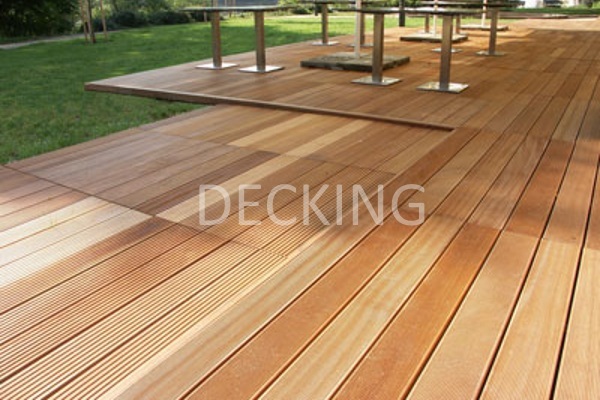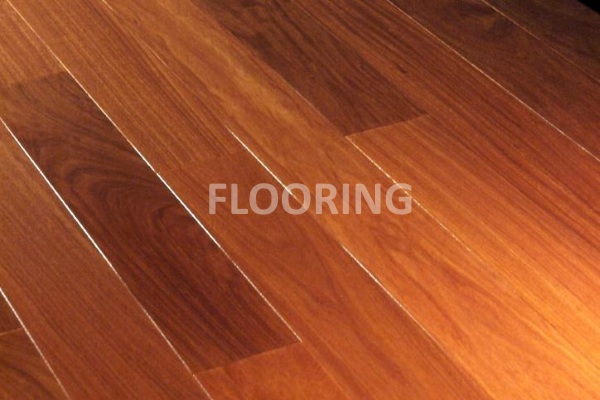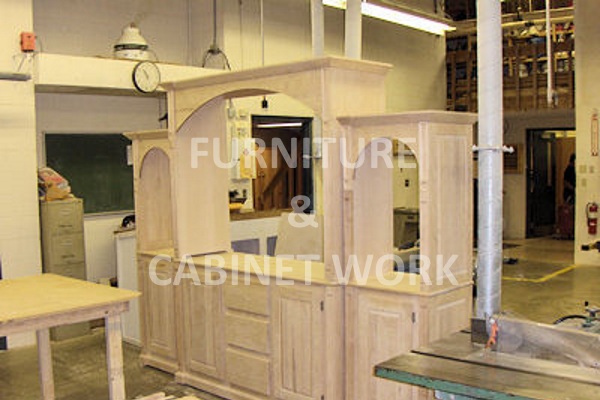| Dull brown when freshly cut and rapidly oxidizes to violet-purple on exposure to light, gradually toning down in course of time to dark purplish-brown. The sapwood is whitish or cream coloured and grain is generally straight, sometimes wavy or interlocked. The texture is moderate to fine. The bole is 15-27m in length, cylindrical; diameter 45-90 (-150) cm. |
| |
| Physical and Mechanical Properties |
| Wood is very tough, strong and resilient: |
| Air dried density (12%) - 840 kg/m3 |
| Bending strength (at 12%) - 155 N/mm2 |
| Modulus of elasticity (at 12%) - 16860 N/mm2 |
| Compression parallel to grain - 78.5 N/mm2 |
| Crushing strength (at 12%) - 79 N/mm2 |
| Shock resistance- medium. |
| |
| Natural Durability |
| Highly resistant to decay, termites and fire. The heartwood is very durable and extremely resistant to preservatives while the sapwood is permeable. |
| |
| Treatability : Poor |
| |
| Timber Processing |
| Drying - Dries well and fairly rapidly with little degrade. Kiln Schedule E. |
| Working - Moderately difficult to work. There is a moderate blunting effect when sawing. Planes and turns well, finishes smoothly and takes a high polish. |
| Assembly - It takes glue well and holds nails and screws satisfactorily. |
| Finishing - Gives good results when lacquered or polished. |
| |
| Uses |
| Possesses high strength and very good durability. It is an excellent structural timber suitable for heavy outdoor construction work such as bridges, docks work and park benches. As flooring, it has high wearing qualities and is suitable for most conditions of traffic. Has been used successfully in chemical plants for vats, filter press plates and frames. Also used for making billiard cue butts, tool handles, interior and exterior joinery and ship-building. A valuable wood for its attractive appearance and its strength. |
| |
| |






